This article shares some images taken during a Tobermory Wave Adventure Cruise my wife and I did several weeks ago. Tobermory is a well-known shipwreck diving location. There is also a ferry terminal from which the Chi-Cheemaun sails to Manitoulin Island and back. Tobermory is a very popular destination to hike the Bruce Trail.
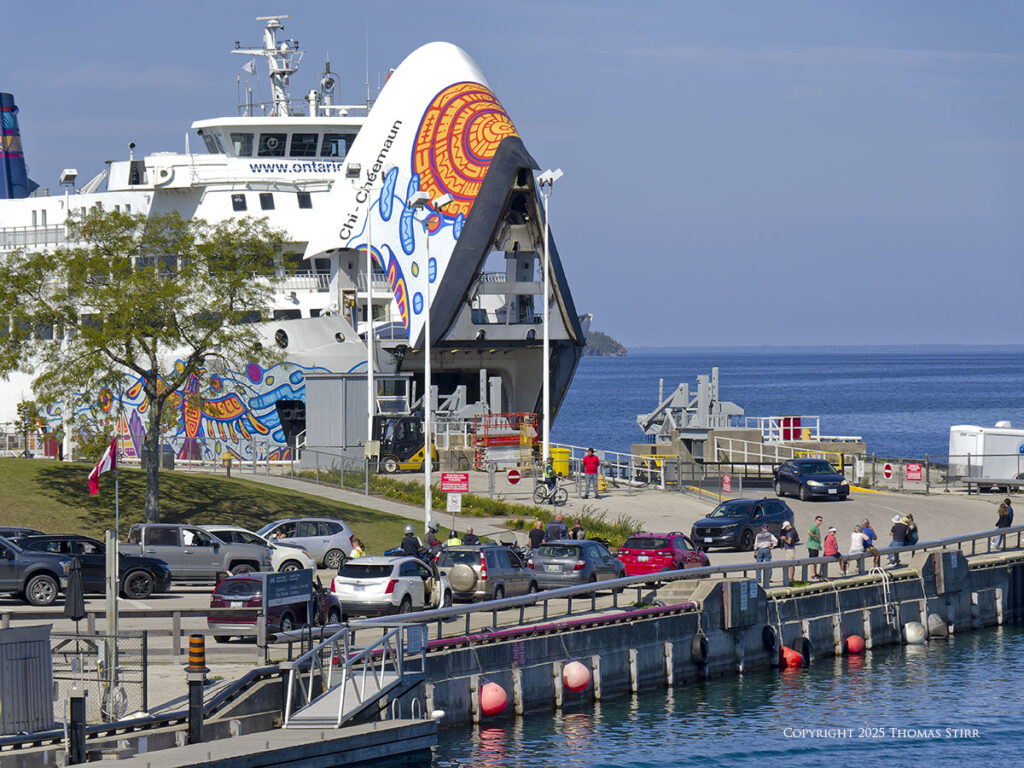
NOTE: Click on images to enlarge. To view this article in a range of other languages click on the Canadian flag in the upper right corner.
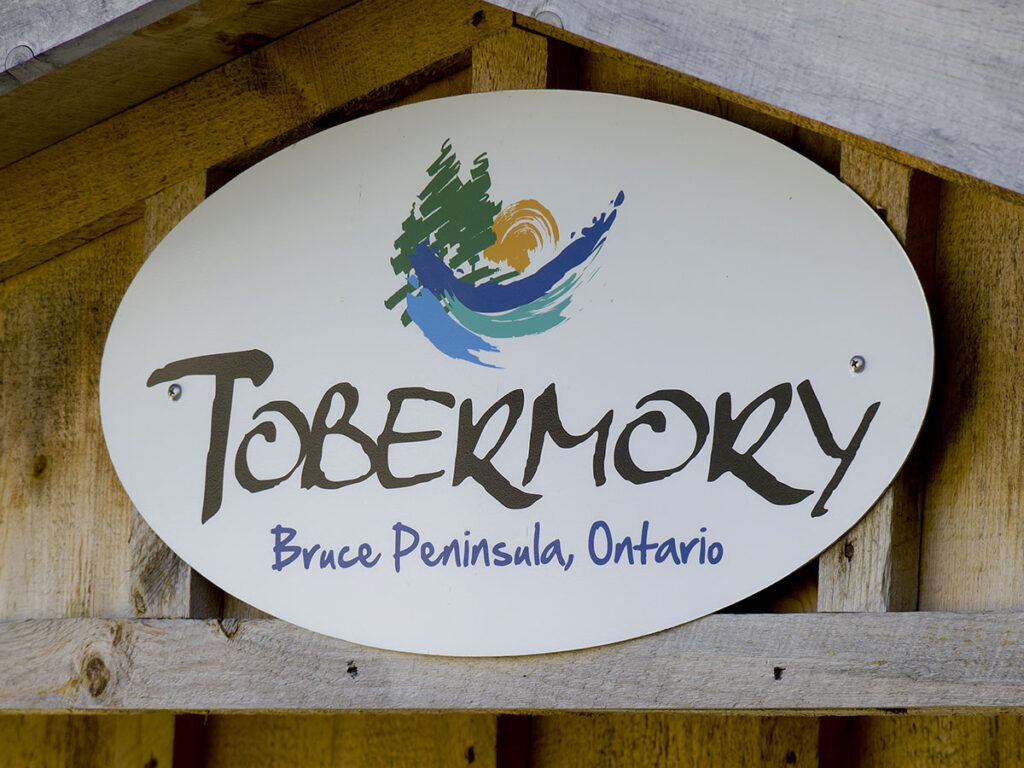
Tobermory is a small village at the top of the Bruce Peninsula, and has its own unique charm. We stayed in Owen Sound as we planned to explore the general area.
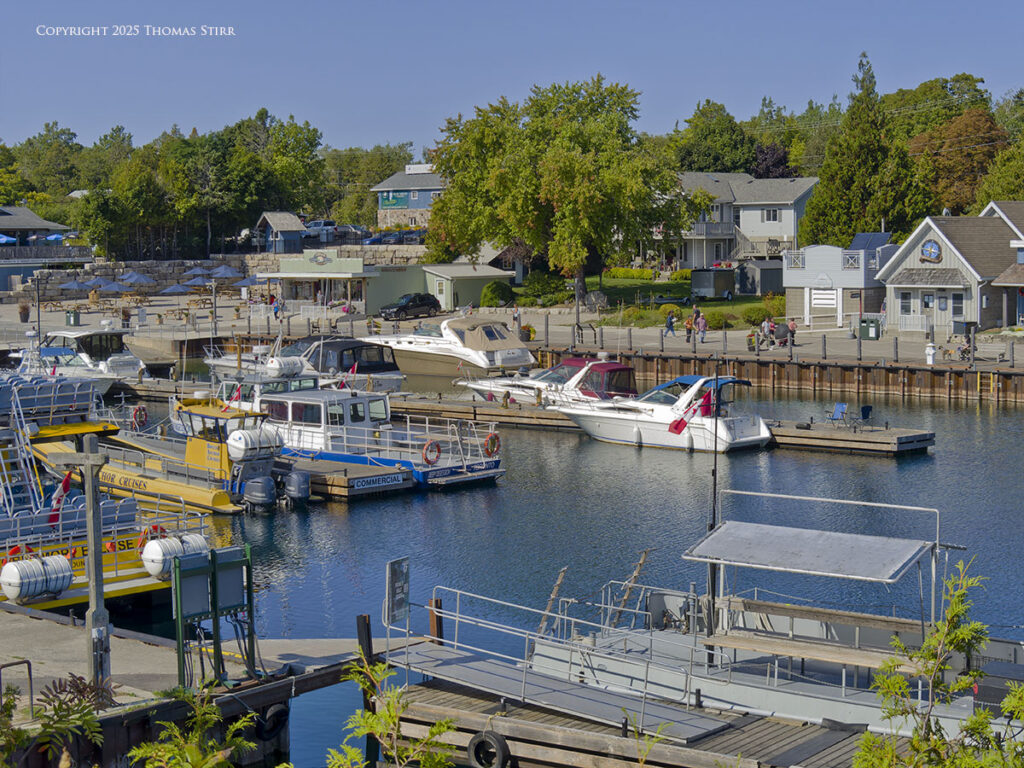
We visited Tobermory toward the end of September which is just after peak season.
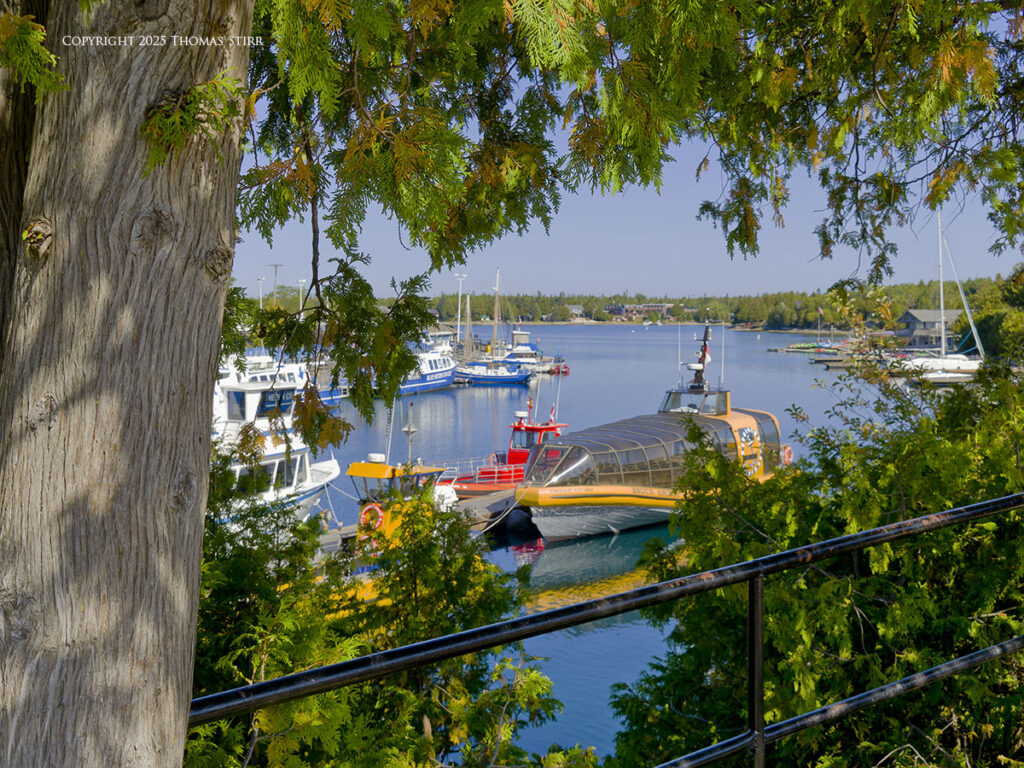
We had researched some of the short duration cruises that depart from Tobermory and ended up selecting the Tobermory Wave Adventures Cruise. It offered a 2 hour and 20 minute, 35 kilometer cruise that visited a couple of shipwrecks, Flowerpots and the Grotto.
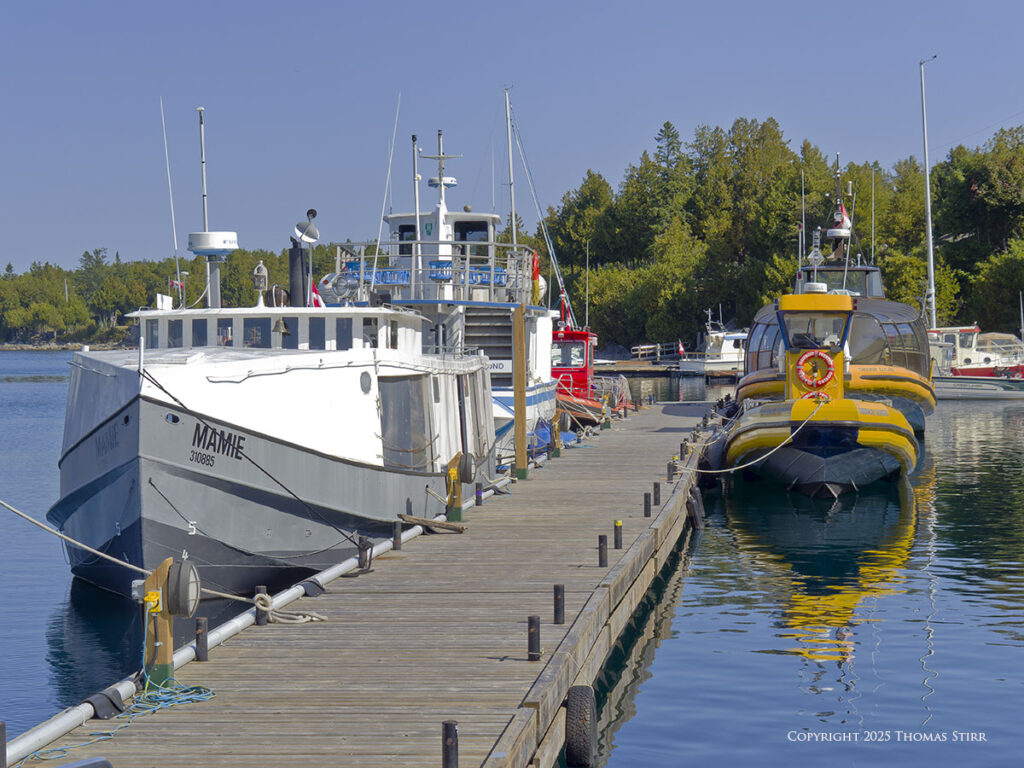
We spent some time walking on the docks in the harbour area and capturing a few images.
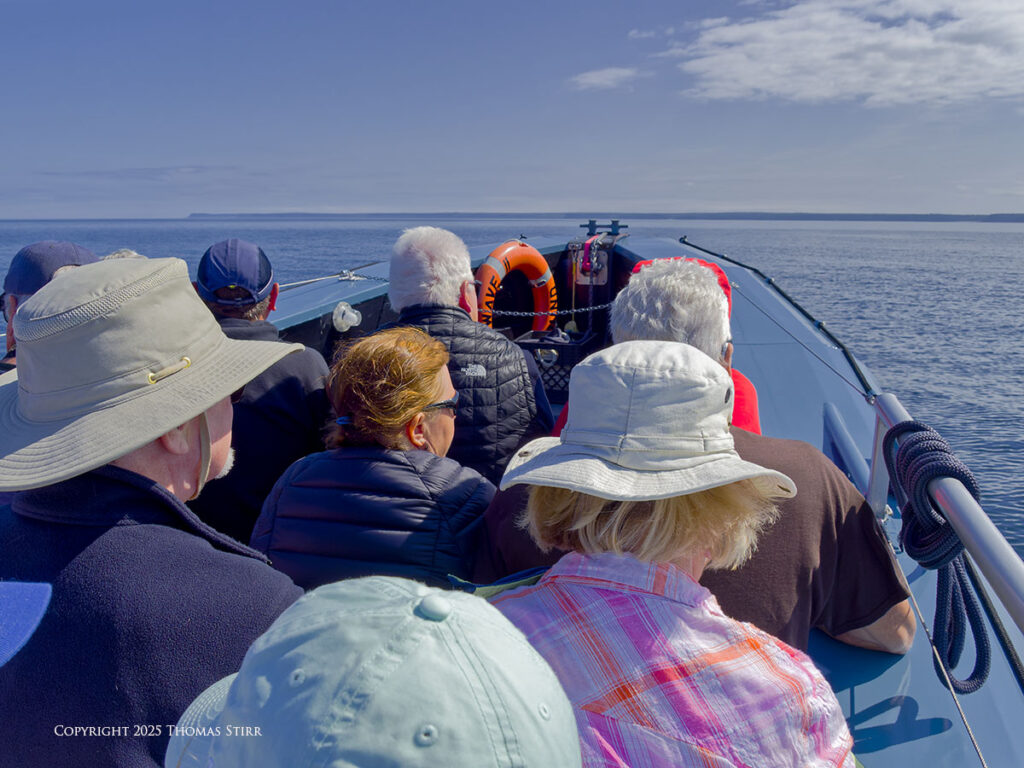
Our cruise was on an open air Zodiac-type boat that holds a maximum of 33 people. Before operating in Tobermory our boat was previously used for whale watching tours on the St. Lawrence River.
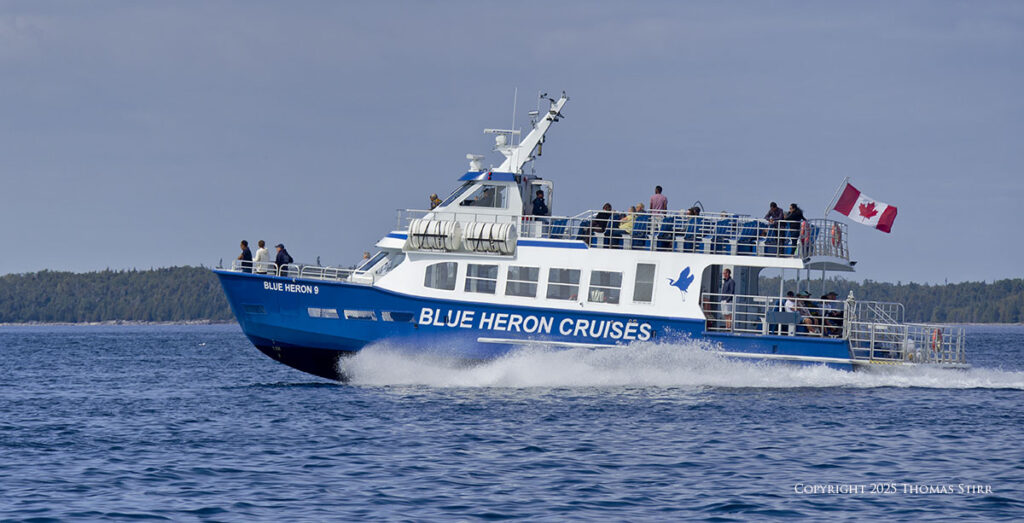
From a photographic standpoint the cramped quarters were a challenge. Fortunately my wife’s E-M1 Mark III has a fully articulating rear screen, which I used for the vast majority of my images. I had to hold the camera high up over my head with the screen tilted down towards me in order to shoot over the heads of other passengers.
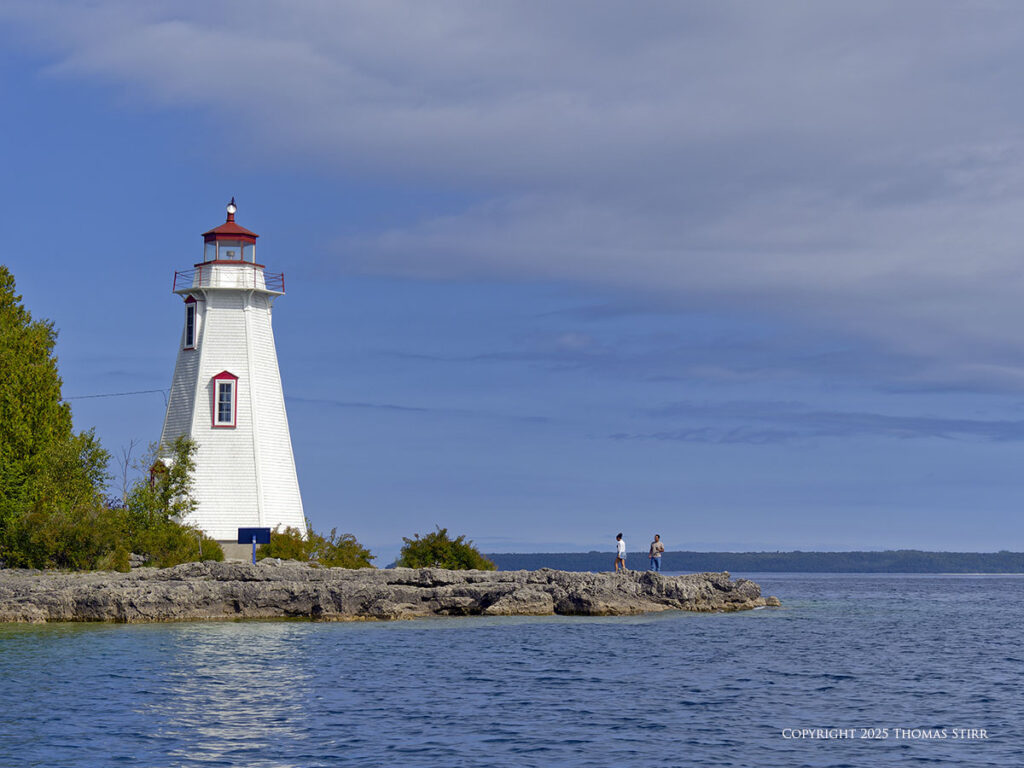
Our cruise began with a tour of the harbour area and out past the lighthouse. We viewed two shipwrecks, one of which we could float directly above which afforded us the opportunity to capture a range of images. The captain moved the boat so all passengers could get a good view of the shipwreck. Here are some of my photographs taken over one of the shipwreck sites.
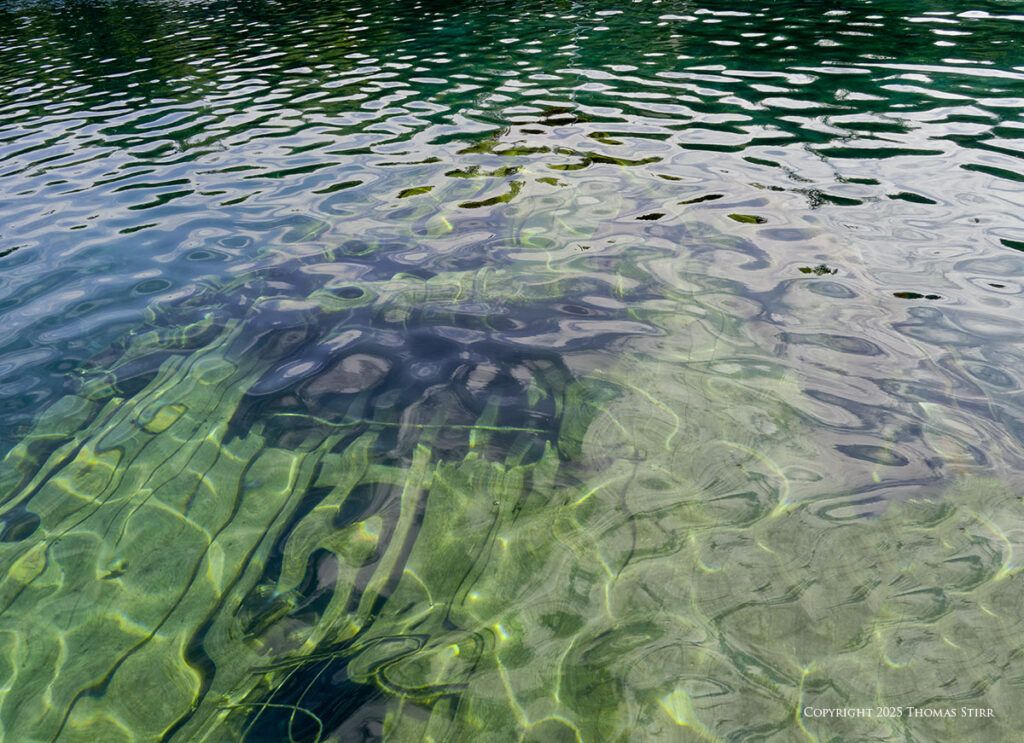
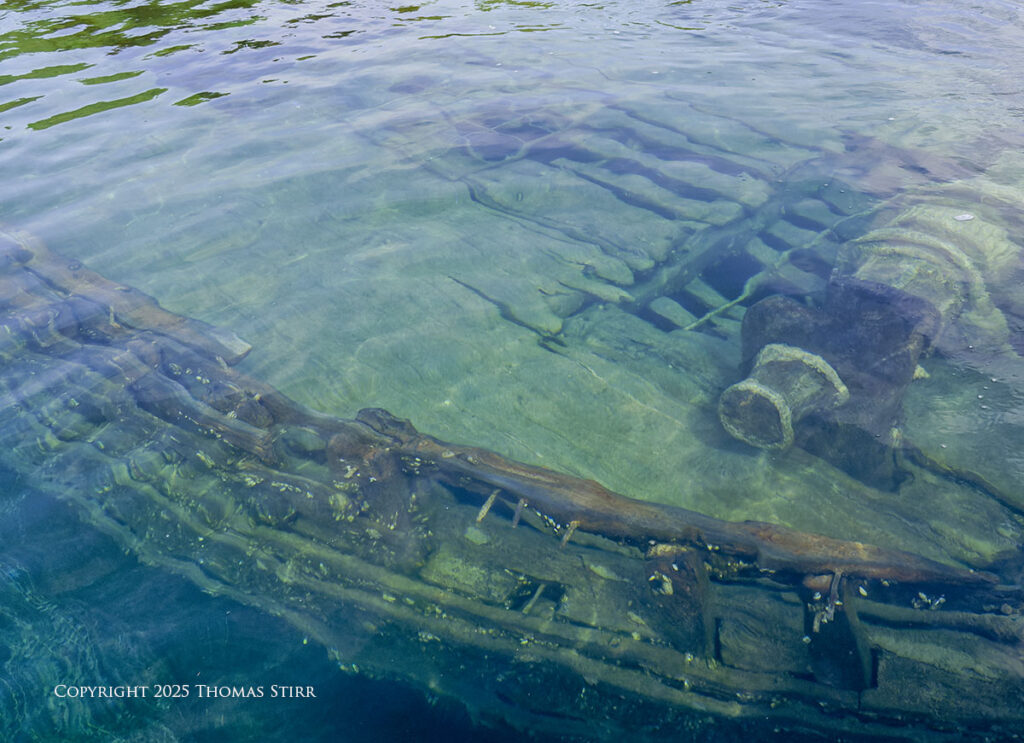
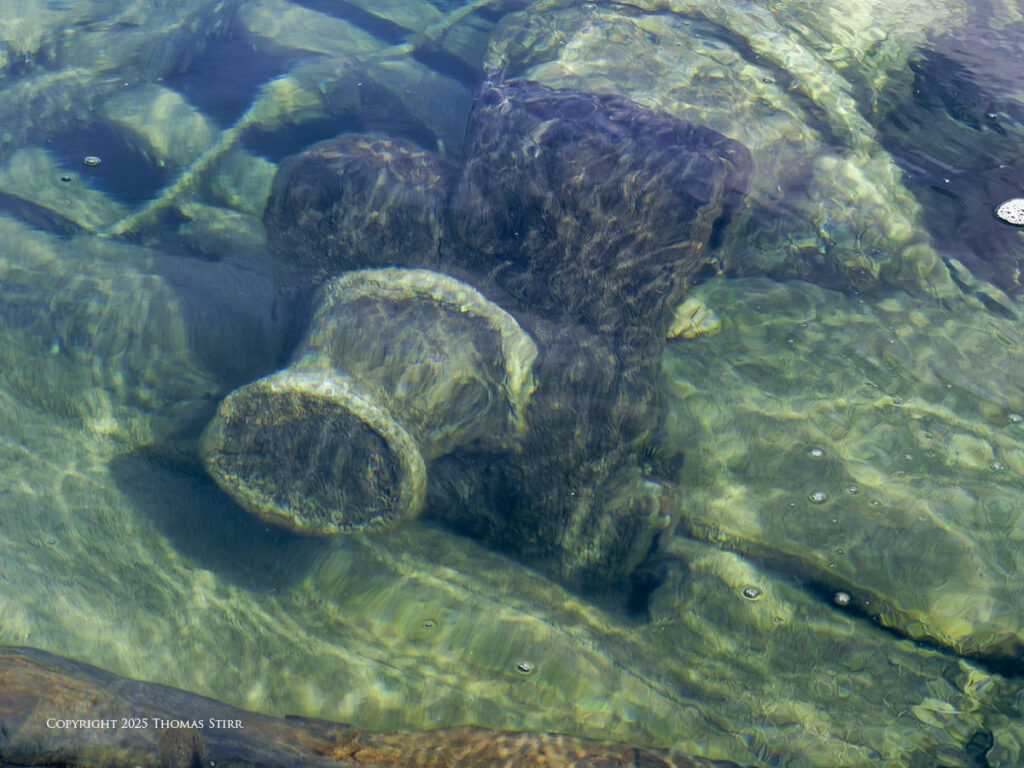
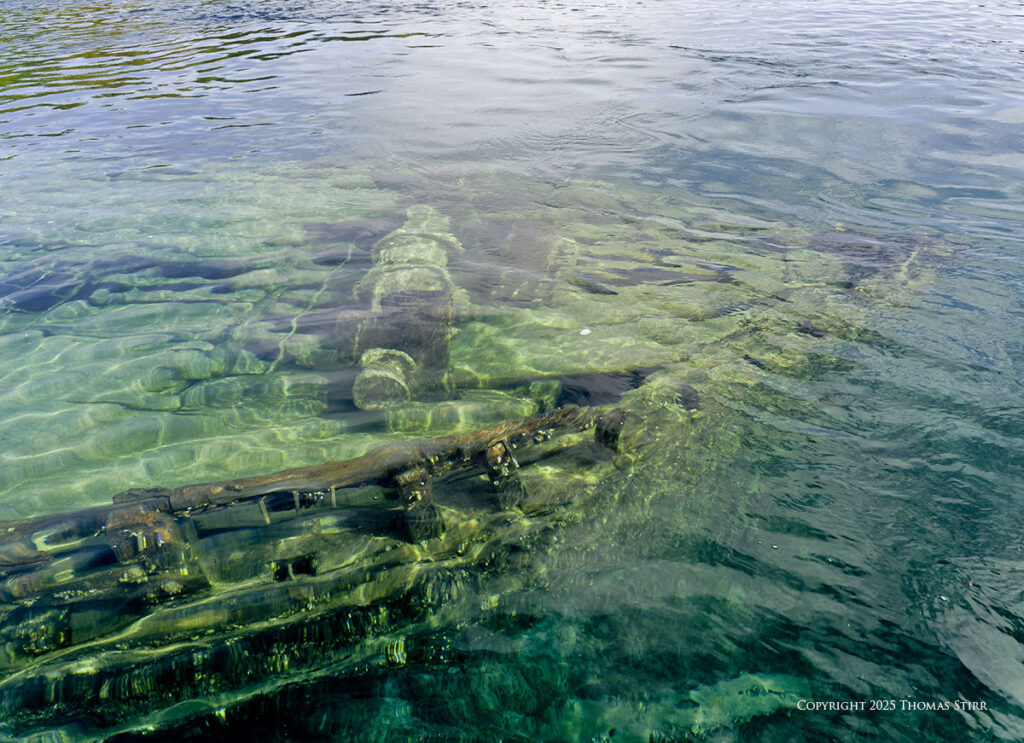
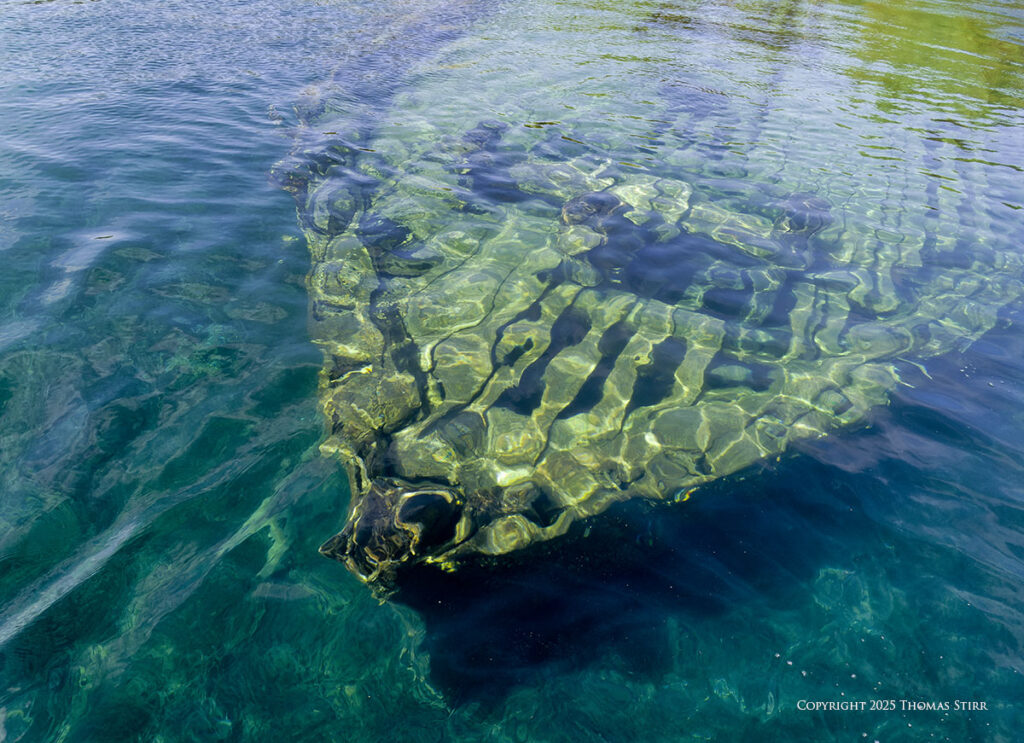
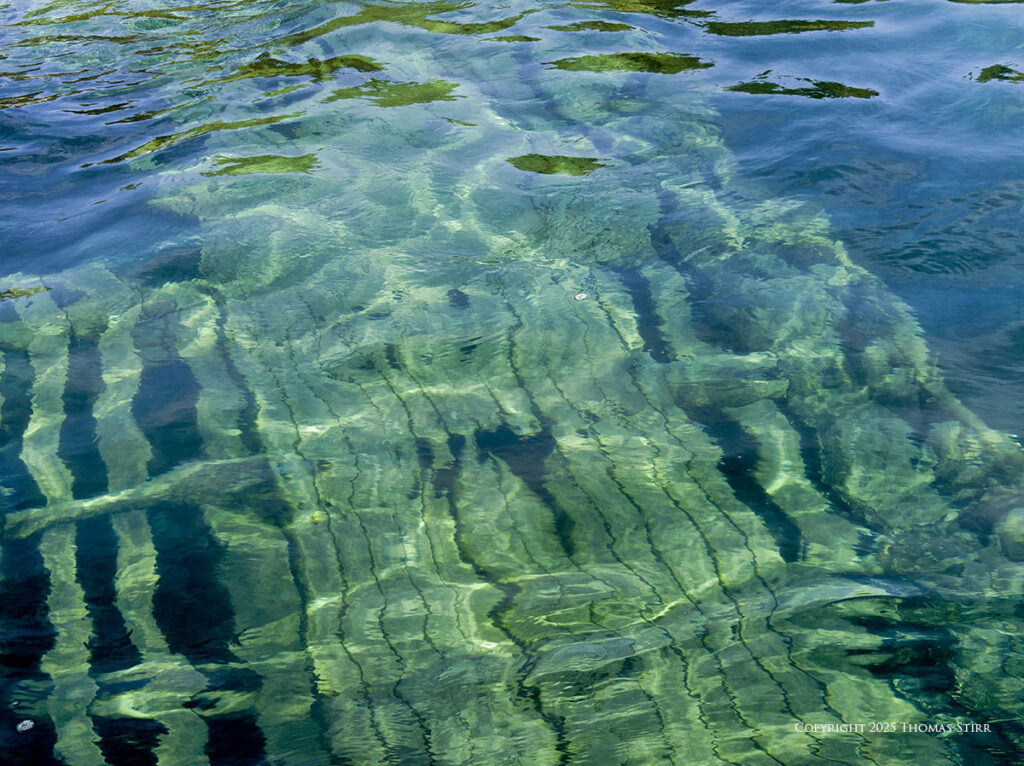
The other shipwreck was too close to the surface for our tour boat to move over top of it, so I was unable to get any decent images.
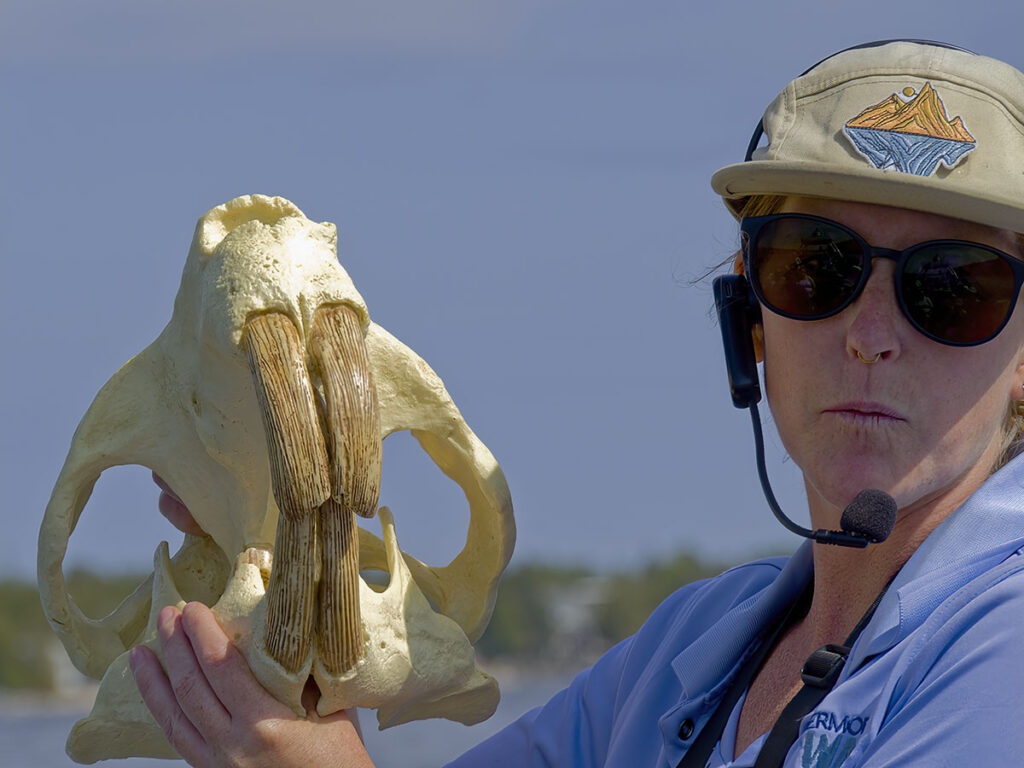
Our captain and tour guide were very knowledgeable, providing information about the history of the area, flora and fauna, and geological facts.
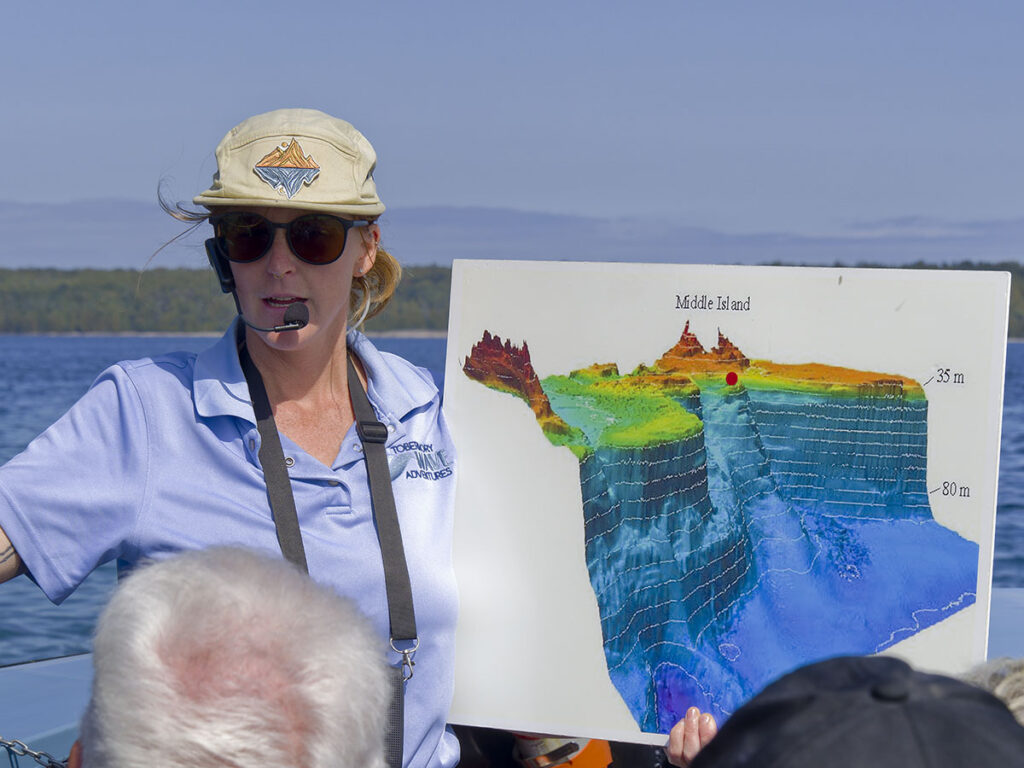
We learned that the Great Lakes were much shallower some 8,000 to 10,000 years ago. Divers have discovered archeological artifacts submerged below tens of meters of water, that were once used by indigenous peoples at their campsites.
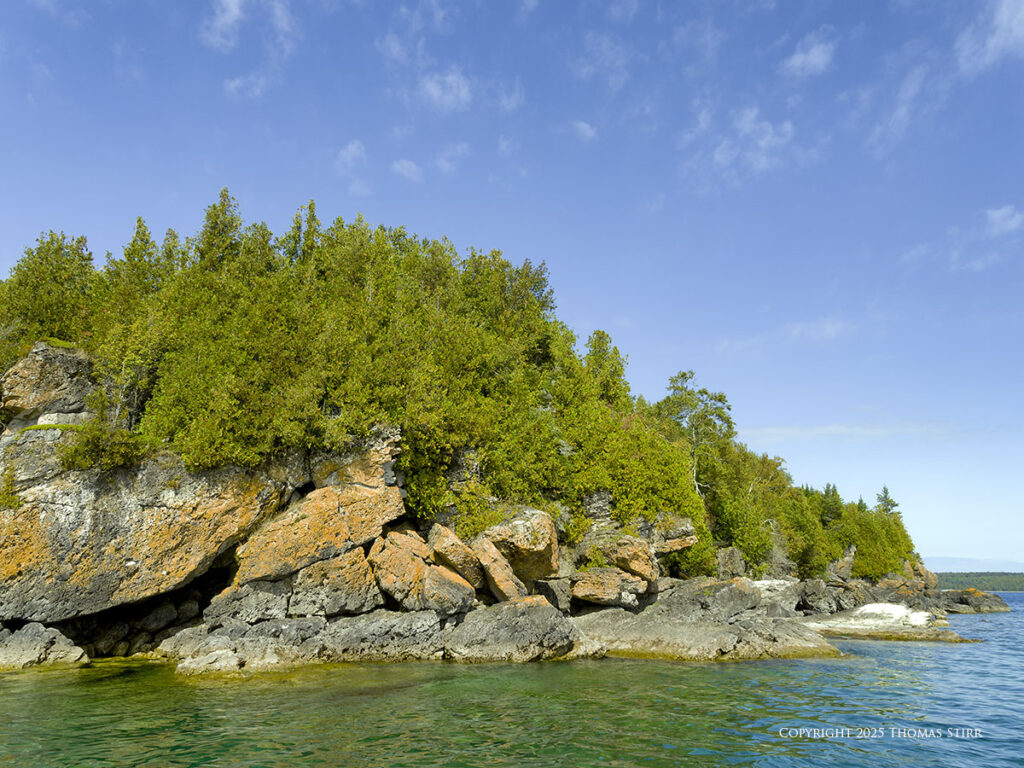
Our guided tour took us past rugged, rocky shorelines as you can see in these images.
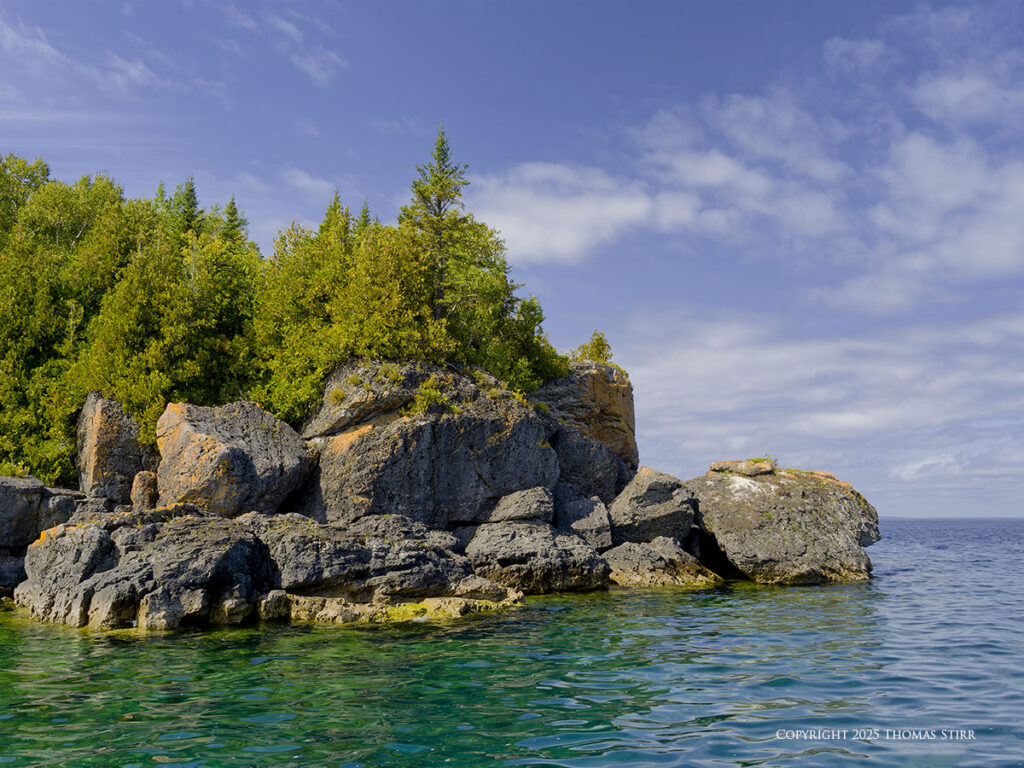
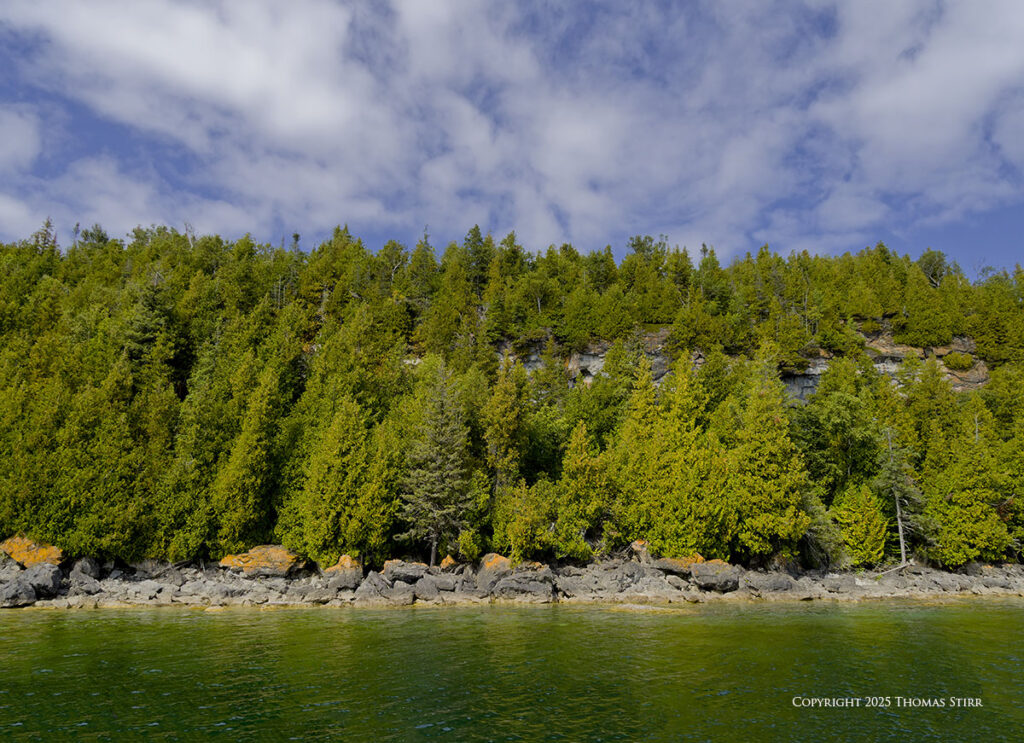
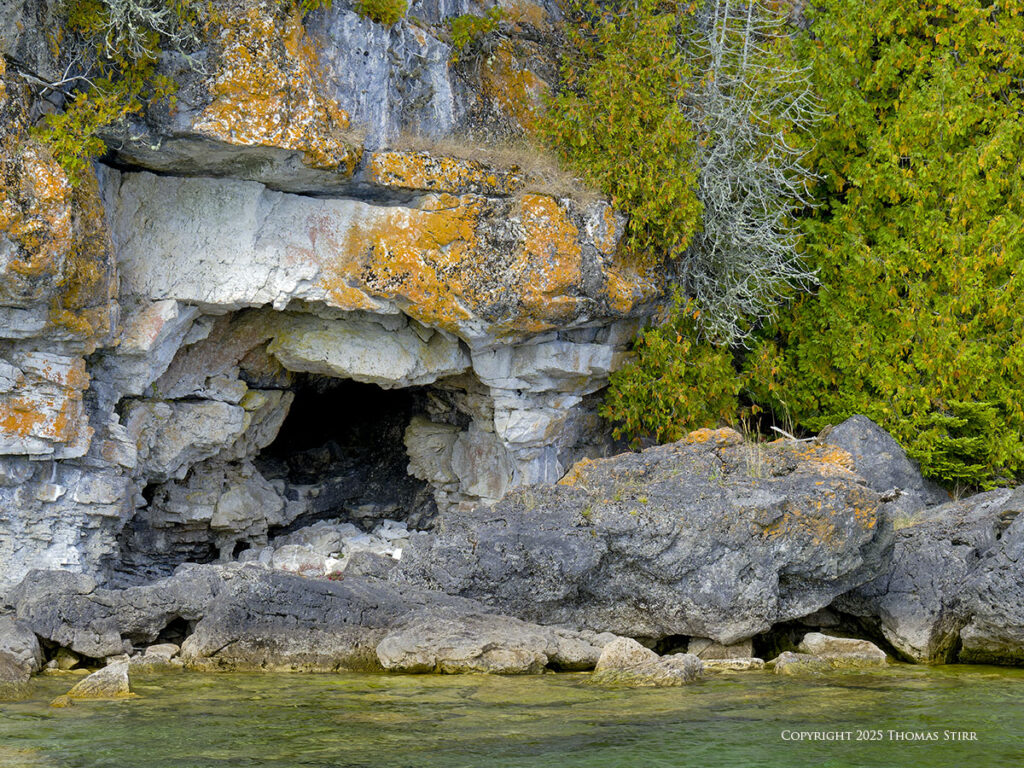
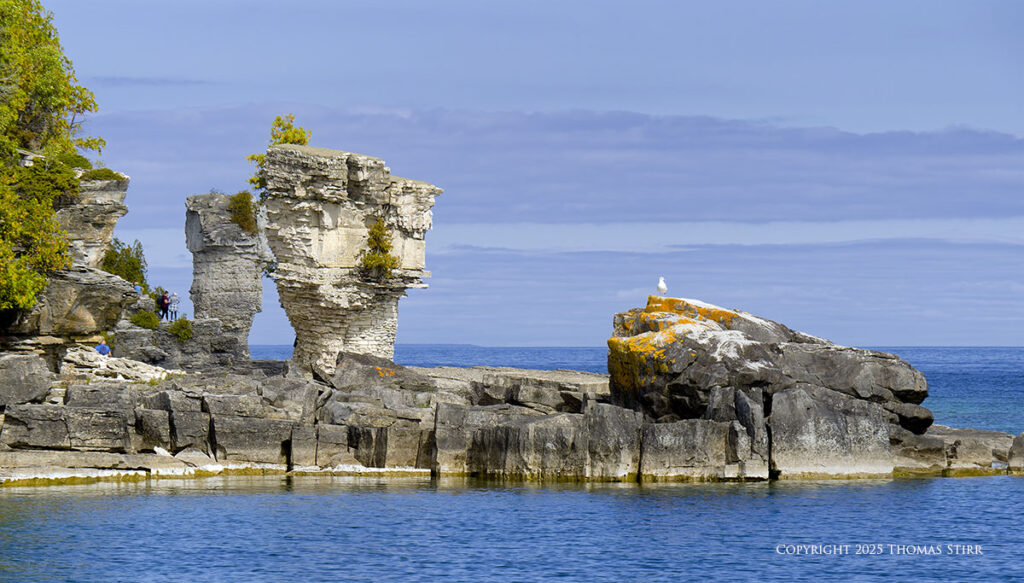
We also sailed past the ‘flowerpots’. Other tour boats dropped their passengers off at these locations for further explorations on land. We wanted to see the Grotto which was not on the itinerary of these other tour boats. Our tour did not provide on-island drop offs.
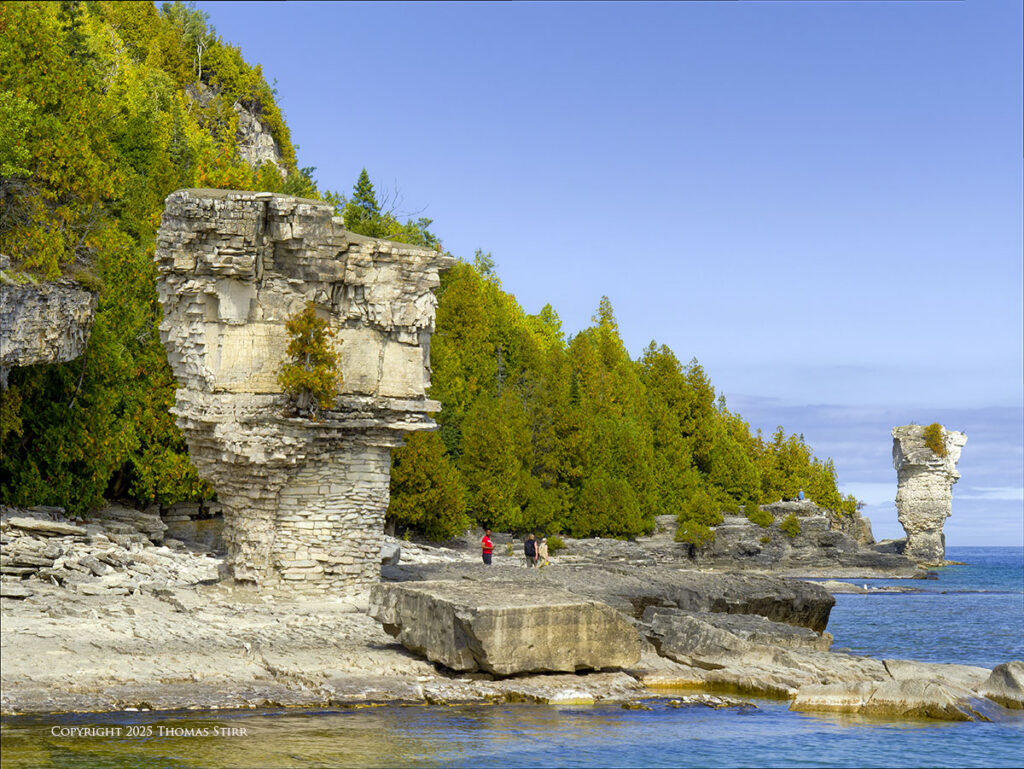
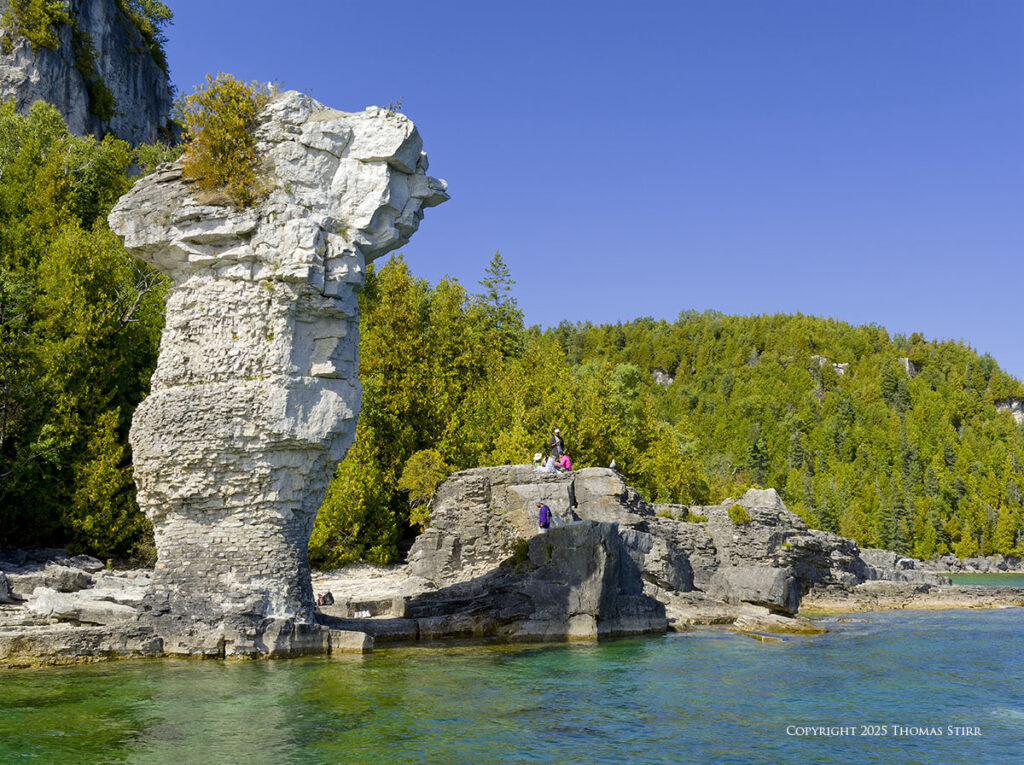
We also had the opportunity to sail past, and photograph, a rock ‘face’ at the top of one of the flowerpots.
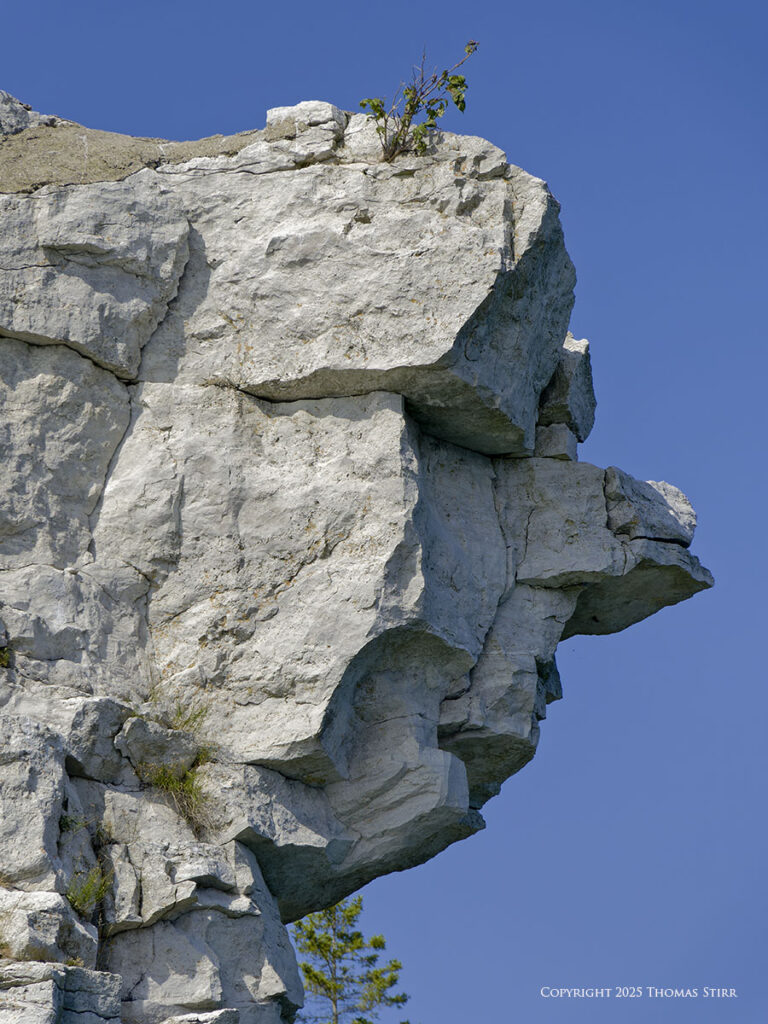
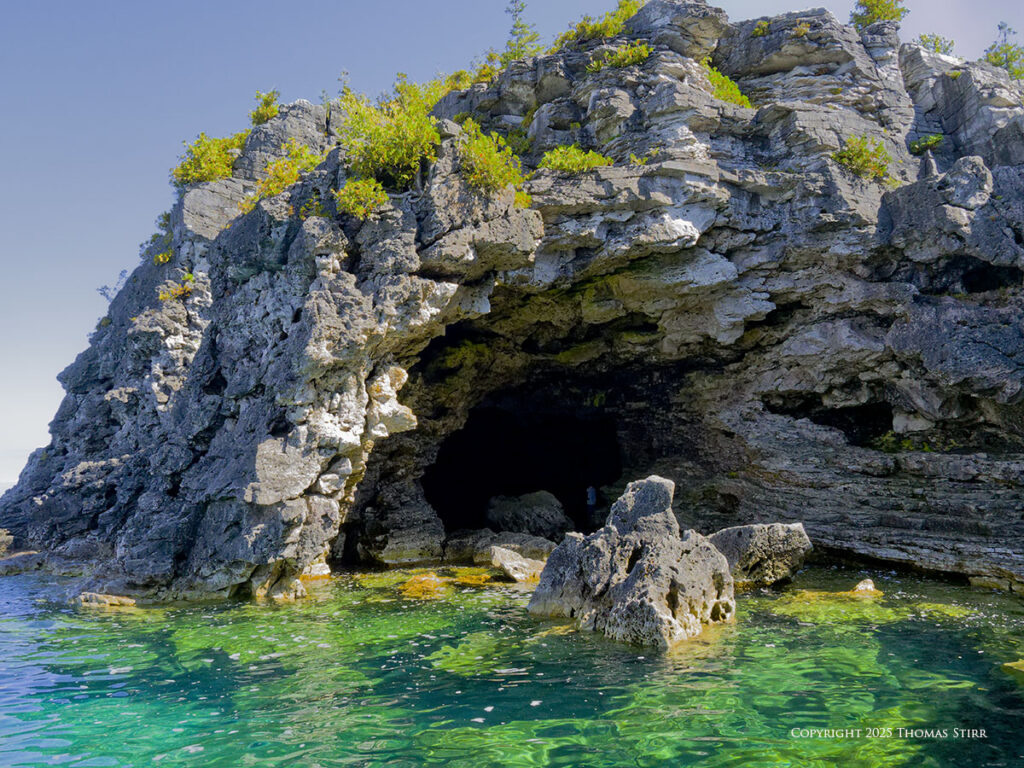
Stopping right in front of the mouth of the Grotto was one of the highlights of our Tobermory cruise. As we sailed back to the harbour at Tobermory we passed more rugged terrain.
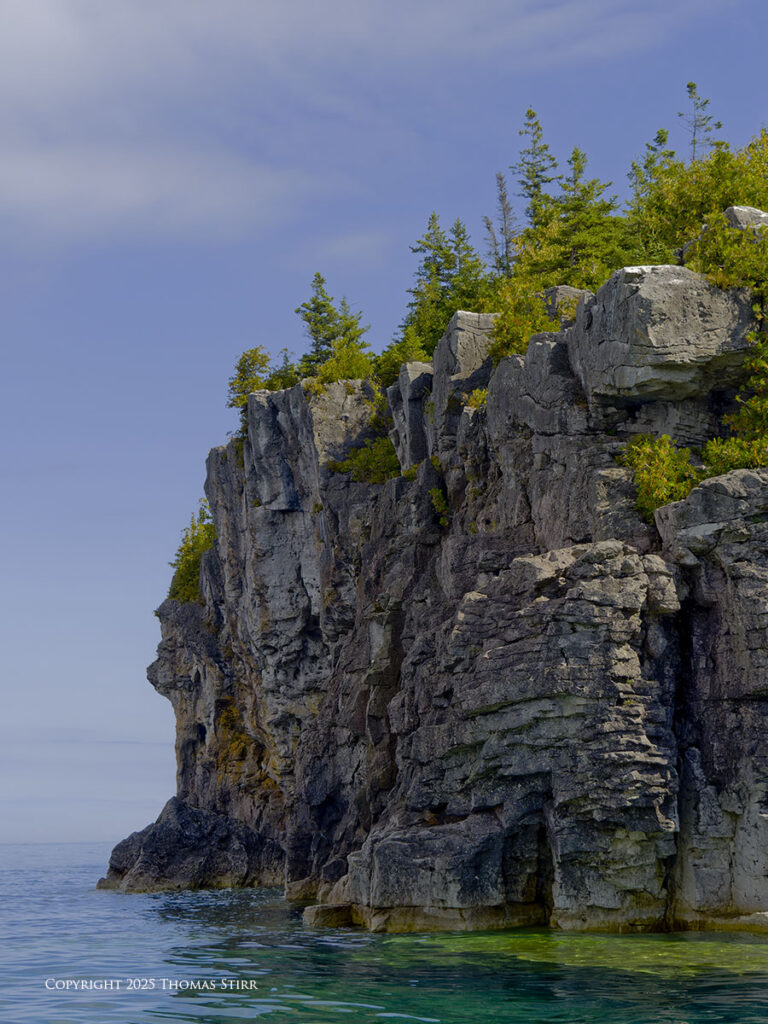
As noted earlier, the only way I was able to photograph unobstructed views of the rock formations and rugged shoreline was because of the fully articulated rear screen on my wife’s EM-1 Mark III. The IBIS also helped to minimize the rocking motion of the boat when we stopped to capture some images.
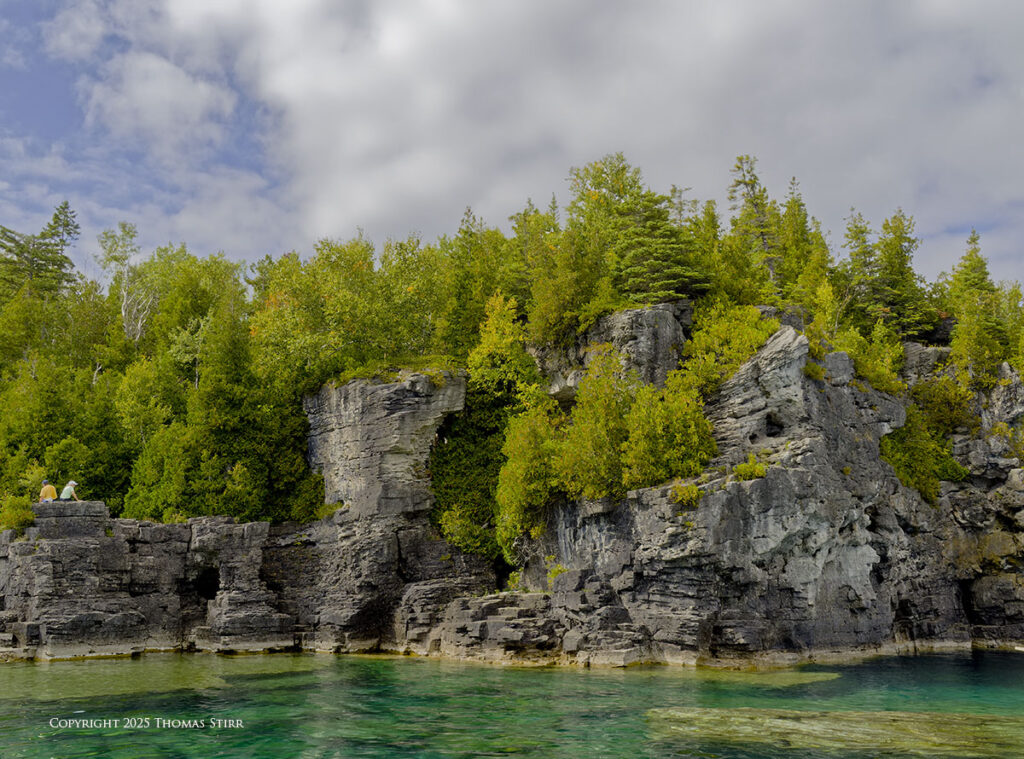
Without question our Tobermory Wave Adventure Cruise was the highlight of our visit to this area of Ontario.
Technical Note
Photographs were captured handheld using camera gear as noted in the EXIF data. All images were created from RAW files using my standard process in post. This is the 1,486 article published on this website since its original inception in 2015.
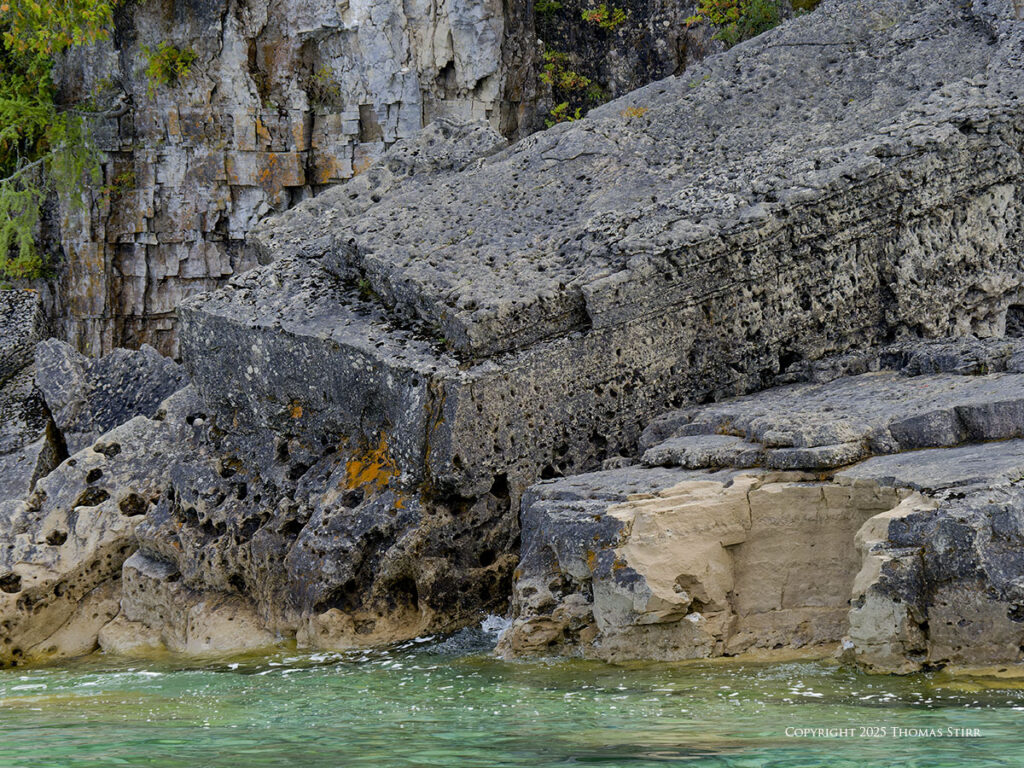
How you can keep this website advertising free
My intent is to keep this photography blog advertising free. If you enjoyed this article and/or my website and would like to support my work, you can purchase an eBook, or make a donation through PayPal (see Donate box below). Both are most appreciated. Sometimes all we need as photographers is a bit of inspiration. We hope you can find some of that inside Finding Visual Expression II.
Finding Visual Expression II is available for download for an investment of $11.99 CDN. The best viewing experience of this eBook will be at 100% using Adobe Acrobat Reader.
You may be interested in all of the 30 concepts covered in both of these related eBooks. If so, you may want to also consider Finding Visual Expression.
Finding Visual Expression is available for download for an investment of $11.99 Cdn. The best viewing experience of this eBook will be at 100% using Adobe Acrobat Reader.
Our other eBooks include Images of Ireland, New Zealand Tip-to-Tip, Nikon 1: The Little Camera That Could, Desert & Mountain Memories, Images of Greece, Nova Scotia Photography Tour, and a business leadership parable… Balancing Eggs.
If you click on the Donate button below you will find that there are three donation options: $7.50, $10.00 and $20.00. All are in Canadian funds. Plus, you can choose a different amount if you want. You can also increase your donation amount to help offset our costs associated with accepting your donation through PayPal. An ongoing, monthly contribution to support our work can also be done through the PayPal Donate button below.
You can make your donation through your PayPal account, or by using a number of credit card options.
Word of mouth is the best form of endorsement. If you like our website please let your friends and associates know about our work. Linking to this site or to specific articles is allowed with proper acknowledgement. Reproducing articles, or any of the images contained in them, on another website or in any social media posting is a Copyright infringement.
Article and images are Copyright 2025 Thomas Stirr. All rights reserved. No use, duplication or adaptation of any kind is allowed without written consent. If you see this article reproduced anywhere else it is an unauthorized and illegal use. Posting comments on offending websites and calling out individuals who steal intellectual property is always appreciated!

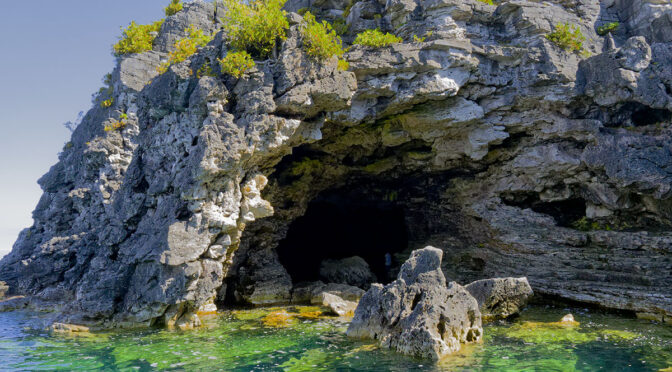


Nice post once again Tom
Hope you enjoyed your break and travelling lighter with your wife’s small Olympus body. I bet there were many moments when you perhaps thought hmmm EM1-X may be better for this?
Hope you enjoyed as a couple your travels away
Hi Mark,
I’m glad you enjoyed the article. I did have my E-M1X with me, fitted with the M.Zuiko 100-400 mm f/5-6.3 IS. We decided to use my wife’s camera gear for landscape/travel type photography, and use my E-M1X set up for birds and nature. I captured a few waterfall images with my E-M1X fitted with my wife’s M.Zuiko 14-150 mm f/4-5.6 II.
Tom
As always a good set. An interesting wreck.
I’m glad OMSystems has released an OM-1 Mk3 in Canada…… 🙂 🙂 We haven’t seen it on our side of the pond……. or were these taken with an EM-1iii?
Hi Jerry,
My apologies for inventing a non-existent camera in my EXIF data… I have fixed the errors. My wife’s camera is an OM-D E-M1 Mark III.
Tom
Your images show that in capable hands the 14-150 is a fabulous holiday walk around lens.
Interestingly your shutter speed was high along with the ISO yet you have stunning images.
Are you in shutter priority mode with auto iso engaged.
When I saw Tobermory I thought you had ventured to one of our Scottish islands, but I wasn’t disappointed!
Hi Andrew,
Thanks for your comment… I’m glad you enjoyed the images.
Regardless of the subject matter, I always shoot in Manual mode… and often with Auto-ISO. I do set ISO manually when I want total control of my exposure settings. For images that are not ‘mission critical’ like travel photography I often will pick ‘all purpose settings’ like a shutter speed like 1/640 and an aperture of f/8, with Auto-ISO, so I can concentrate on composition and not worry about my settings. In this situation I did adjust my shutter speed a bit higher depending on the relative movement of our cruise vessel, especially when we paused at a specific site which tended to accentuate the bobbing motion of the vessel.
Each of us has our own definition of what constitutes a ‘high’ ISO value. As long as my output is a RAW file, shooting up to ISO-6400 is in my normal range when using my Olympus/OM M4/3 gear. When having to choose between shutter speed and ISO value… I always pick shutter speed as I can deal with noise in post. A blurry image, regardless of the camera settings used, is a waste.
Tom